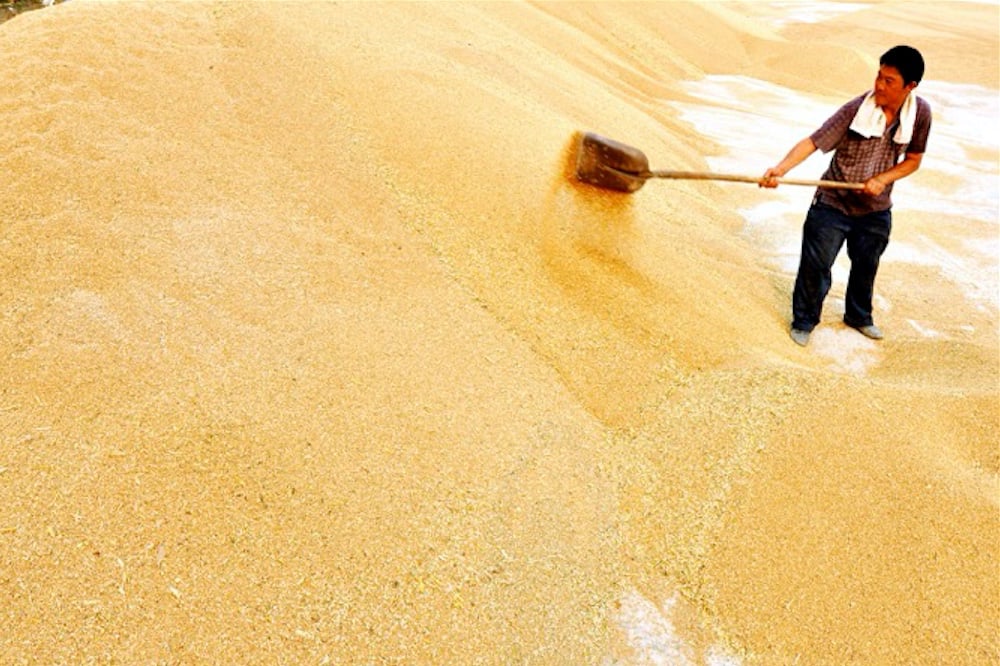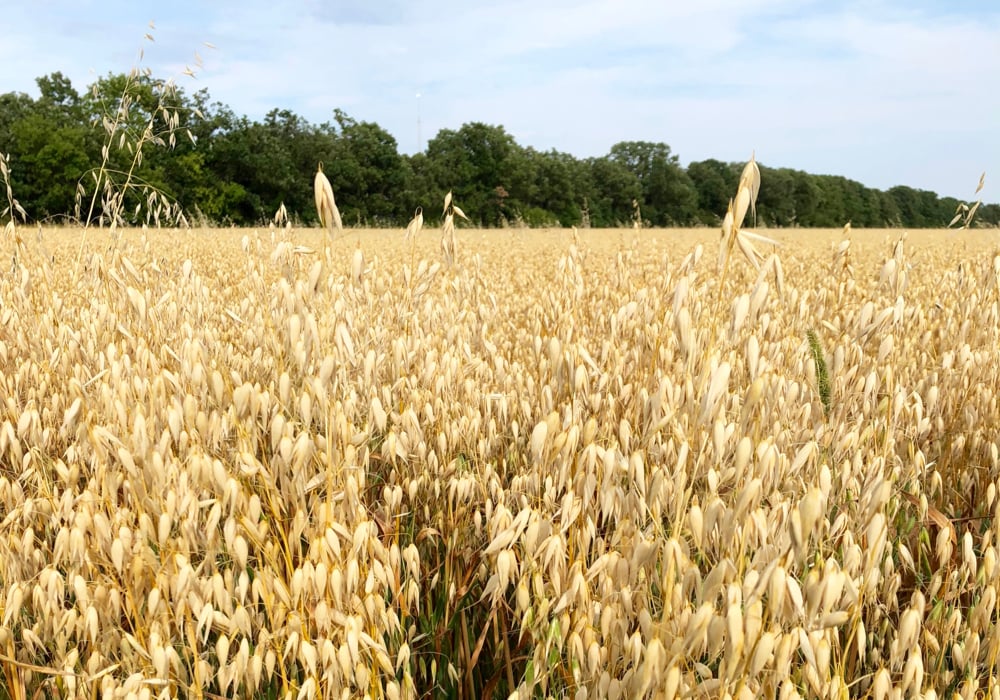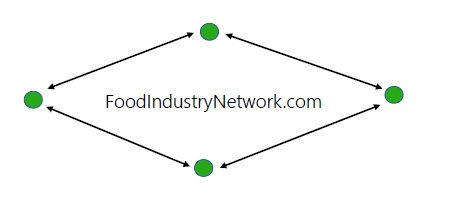China on track for another bumper wheat harvest, says COFCO International

Shanghai | Reuters — China is expecting to produce another abundant wheat harvest this year due to favorable weather, a COFCO International executive said Thursday, with rising domestic supplies likely to reduce the need for imports.
China’s winter wheat crop, usually planted in October and harvested around June, accounts for 90 per cent of its annual wheat production.
“The supply and demand remain loose for 2025-2026, surplus is expected to increase,” said Duan Chen, associate hedging manager with COFCO International, in a conference.
Why it matters: China is a key market for Canadian agricultural goods
Read Also


Oats swinging higher, but rangebound
As oat futures fluctuate on the Chicago Board of Trade, they remain rangebound, said Progressive Ag analyst Tom Lilja in Fargo, N.D. However, to Scott Shiels of Grain Millers Canada in Yorkton, Sask. there’s a disconnect between those futures and cash prices for oats.
Duan said the winter wheat area remains stable and a good crop is expected under normal weather. She did not give output estimates.
China, among the world’s top wheat importers, has reduced purchases this year after domestic production jumped to an all-time high of 140.1 million tons in 2024, a rise of 2.6 per cent from a year ago.
Higher supplies in the coming year may further cut China’s import demand, which shrunk 7.4 per cent last year to 11.18 million tons, adding pressure to benchmark Chicago wheat prices.
In addition to higher output, stagnant consumption has led to oversupply of wheat, which COFCO International expects to grow in the 2025/26 crop year, she said.
Milling demand for flour and food ingredients has stagnated due to demographic shifts, said Duan.
“Wheat surplus will be absorbed by the feed industry and government purchases,” she said.
The major wheat buyer has already delayed imports of up to 600,000 metric tons of mostly Australian wheat, Reuters reported in February.
Chinese importers at the conference told Reuters they have been increasingly cautious with purchases due to uncertainties surrounding a worsening trade war between Washington and Beijing.
“Currently, China’s demand for wheat, barley, and sorghum remains relatively weak, but there is hope for a recovery in the second quarter,” an Australian wheat and sorghum exporter said.
This week, China retaliated against fresh U.S. tariffs, announcing duty hikes covering around $21 billion worth of agricultural products.
Source: Farmtario.com

